Automotive expert Tim Jackson uses his three decades of industry experience to shed some light on the potential of flying cars, more specifically, Vertical Takeoff and Landing vehicles, or VTOLs.
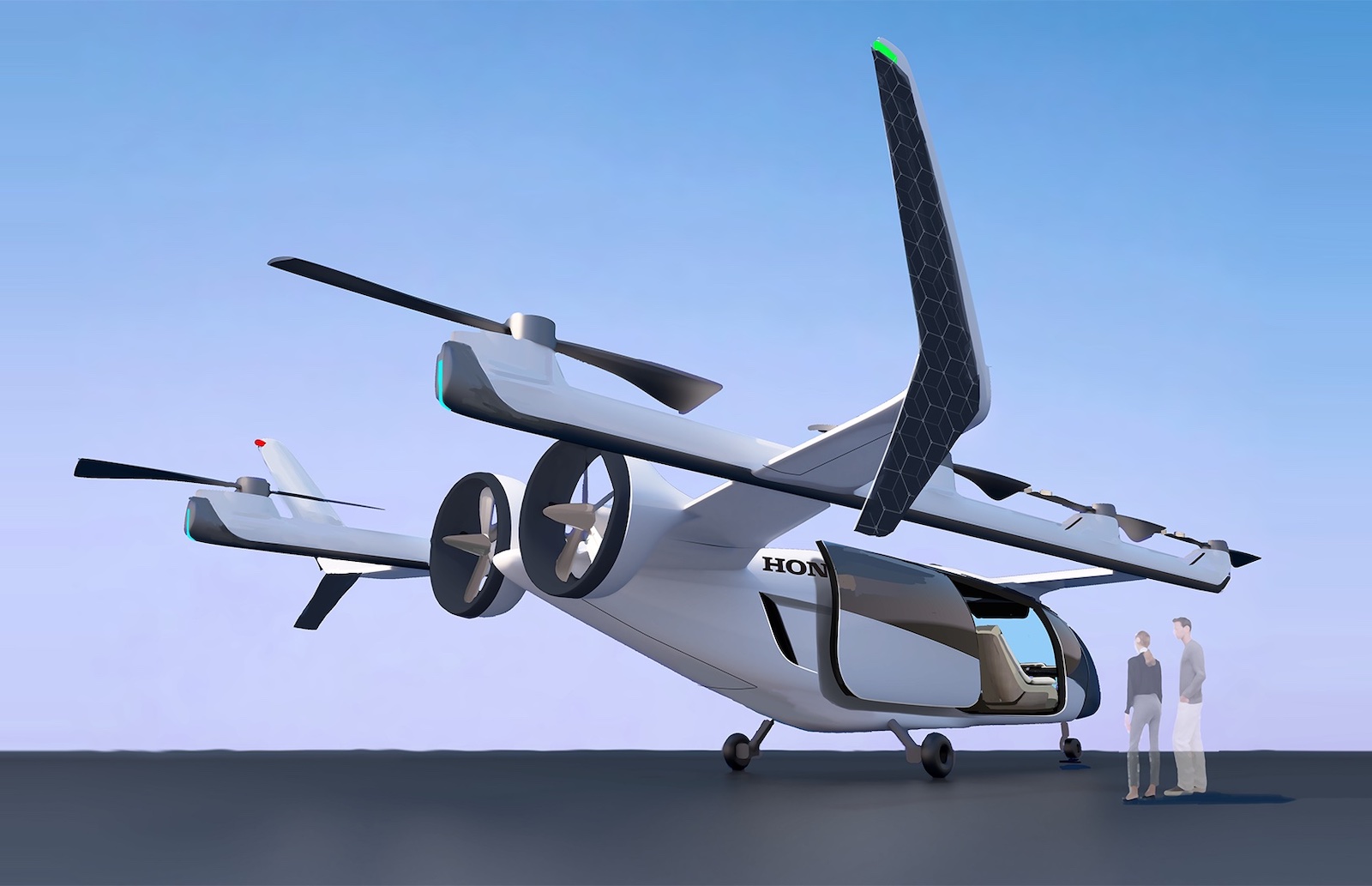
Honda Introduces Initiatives in New Areas, Taking on Challenges in New Areas while Leveraging Its Core Technologies
Since the dawn of aviation, mankind has dreamt of taking to the skies in personal flying machines. Over the years, this fascination with flying cars has been fueled by countless movies, TV shows and books depicting a world where commuting through the air is an everyday reality.
However, only in recent years has this vision started to materialize, with Vertical Takeoff and Landing vehicles (VTOLs) also called passenger drones or flying cars, inching closer to becoming a viable mode of transportation. Standing on the precipice of this revolutionary technology, it is crucial to examine the history, challenges and potential benefits of VTOLs in shaping our future mobility.
In recent months I’ve attended several conferences and events that largely focused on this newly emerging industry. It’s fascinating to see the level of energy, excitement and investment generated by the announcements from this prescient industry. One VTOL stock is up by 230% on the year but not yet made its first passenger flight.
Is all the attention justified or will VTOLs take their place in overhyped history somewhere between Segways and Google Glass?
History and pop-culture attraction in flying cars
The idea of flying cars has captured people’s imagination for decades. Since the early 20th century, inventors, engineers and entrepreneurs have attempted to bring this dream to life.
From movies such as Chitty Chitty Bang Bang and Star Wars to television shows such as The Jetsons and Doctor Who and books such as War of the Worlds and The Hitchhiker’s Guide to the Galaxy, flying cars have played through American pop culture as our ultimate freedom of mobility and adventure.
Aircraft manufacturers including Airbus, Boeing, Embraer and Bell and major airlines including Delta, United and JetBlue along with traditional automakers such as Toyota, Stellantis, Hyundai, Ford, Volkswagen and Mercedes Benz are investing in developing VTOLs, driven by the belief that they can revolutionize urban transportation and place their services at the heart of the fastest developing segment of personal mobility.
Among the more than 200 reported VTOL startups, these are my top 10 (alphabetical) trying to get off the ground in the race to the friendly blue skies of individualized, personal mobility.
- Airbus Vahana
- Archer Aviation
- Bell Nexus
- Boeing PAV
- Ehang
- Embraer Eve
- Joby Aviation
- Lilium
- Volocopter
- Wisk Aero
Challenges to become operational
Despite the progress made in VTOL technology to date, which is nothing short of incredible, significant challenges remain on the path to widespread adoption. Safety is a paramount concern, as integrating thousands of VTOLs into the airspace without compromising existing air traffic is a complex task.
And the need for efficient energy sources, noise reduction and reliable aerial autonomous systems pose significant engineering hurdles. Overcoming these challenges will require collaboration between governments, regulatory agencies and the private sector to establish robust standards and guidelines.
Advantages to society
The potential societal benefits of VTOLs as a transportation and mobility option are immense. VTOLs could alleviate traffic congestion in densely populated urban areas, reducing travel times and improving productivity.
They could also provide a lifeline in emergency situations, reaching remote or disaster-stricken areas quickly and efficiently. VTOLs have the potential to democratize transportation, providing access to remote regions and underserved communities. By utilizing electric propulsion, VTOLs will contribute to reducing carbon emissions and combating climate change.
Most frequent questions:
- How high will VTOLs fly? Expected between 1500 feet to 10,000 feet, though FAA rulemaking will define more clearly.
- What will power VTOLs? Most are expected to be battery-electric vehicles, though like the auto industry, hydrogen fuel cell and hybrid are being explored.
- Will VTOLs fly autonomously? Yes, eventually. However, all the startup entrants anticipate using pilots until autonomous technology is perfected.
- How soon will VTOLs first be operational? Several startups predict 2025. My estimate is later, 2030. At first, they will use very limited pre-determined routes.
The prospect of VTOLs becoming a reality is no longer a distant dream but a tangible realistic possibility. The history of and interest in flying cars, coupled with their portrayal in popular culture, has cemented their place in our collective consciousness. While challenges remain, the advantages to society are undeniable.
VTOLs have the potential to reshape urban transportation, reduce traffic fatalities, expedite travel and usher in a new era of expedient connectivity. As we navigate the roadblocks ahead, it is crucial to foster collaboration and innovation, ensuring the promise of VTOLs becomes a reality for all. The sky is no longer the limit; it is the horizon of a new era in energized mobility freedom.
Jackson is the author of the forthcoming book, “Dude, where’s my flying car?” due in February 2024.

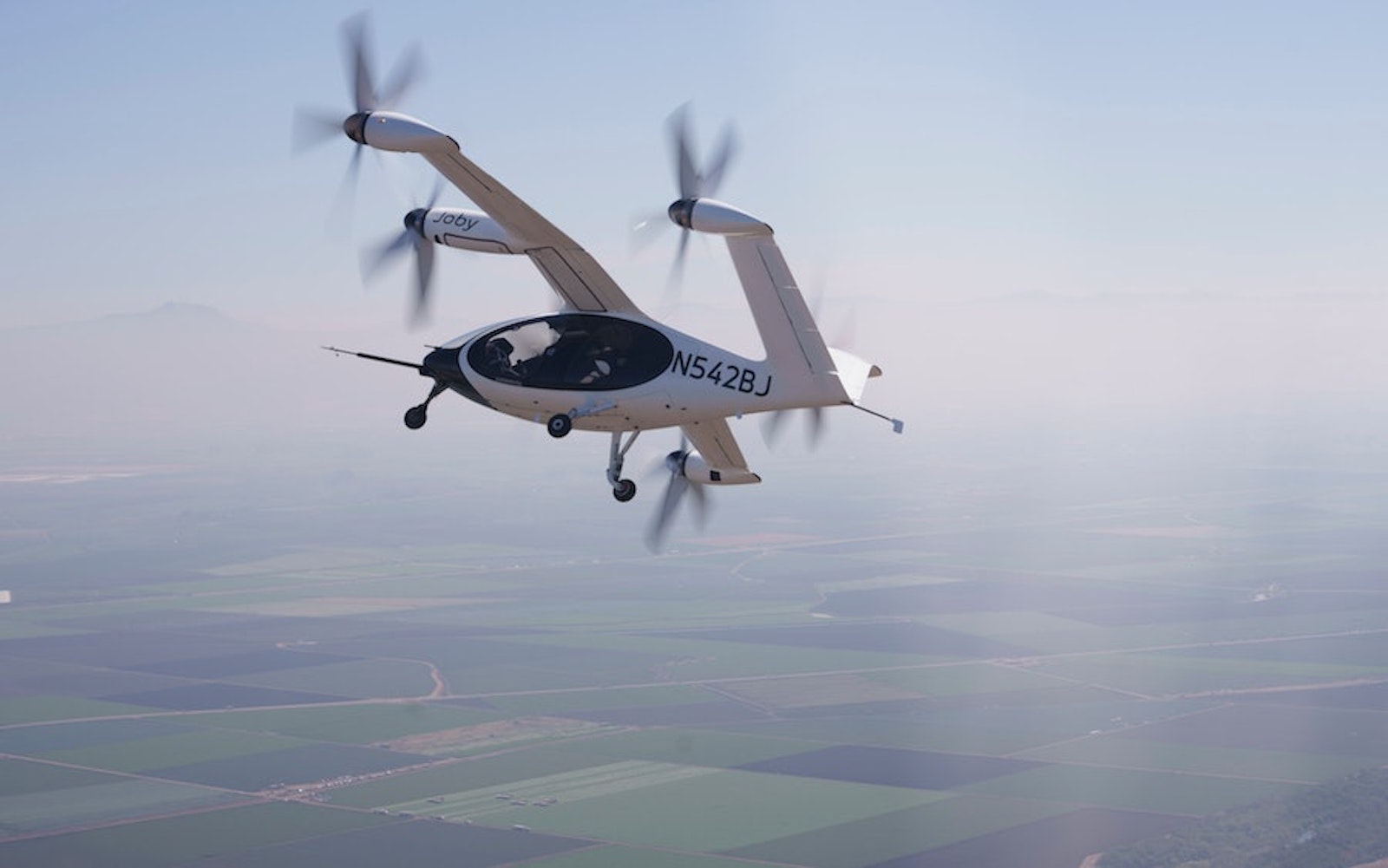
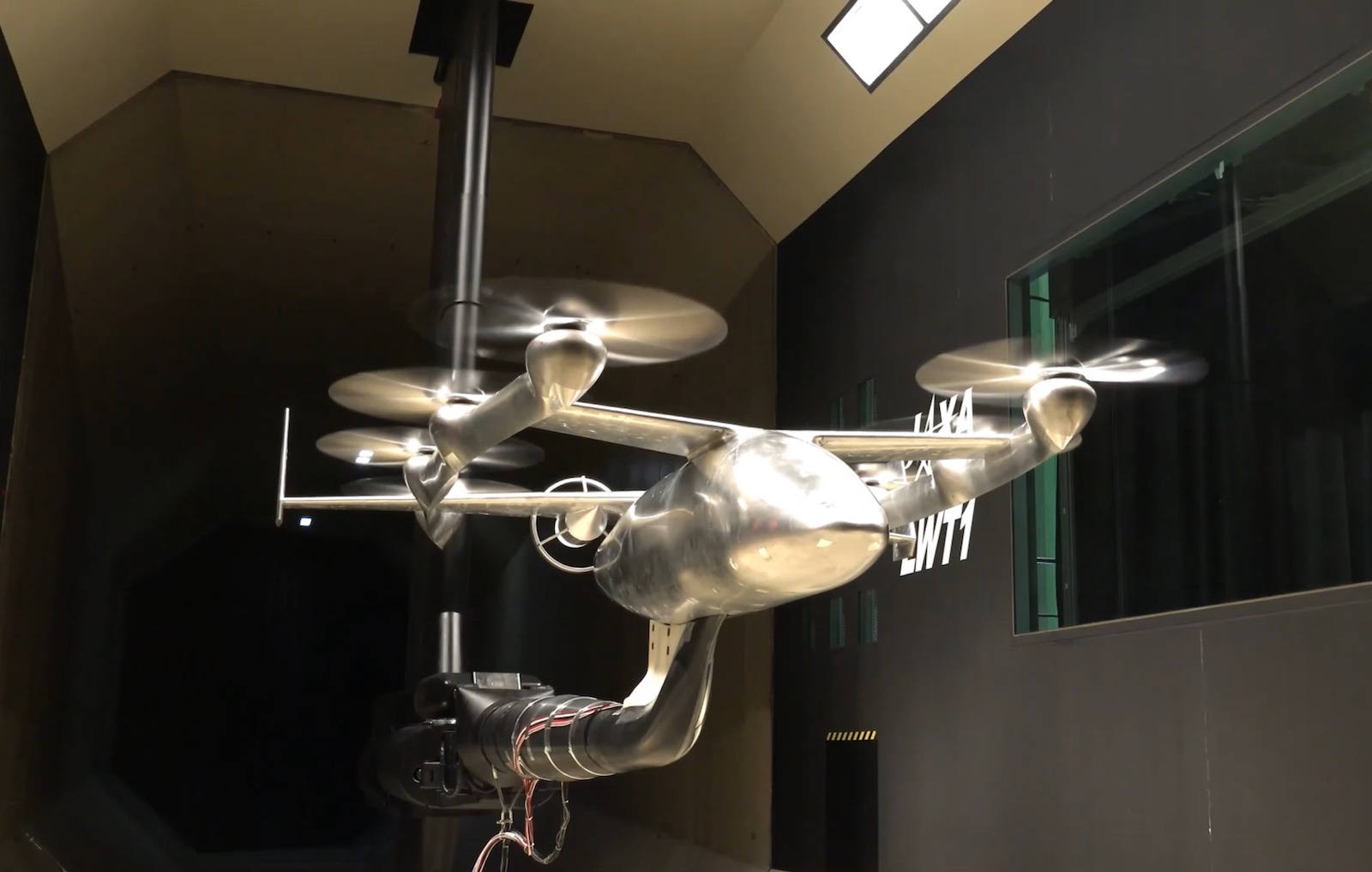
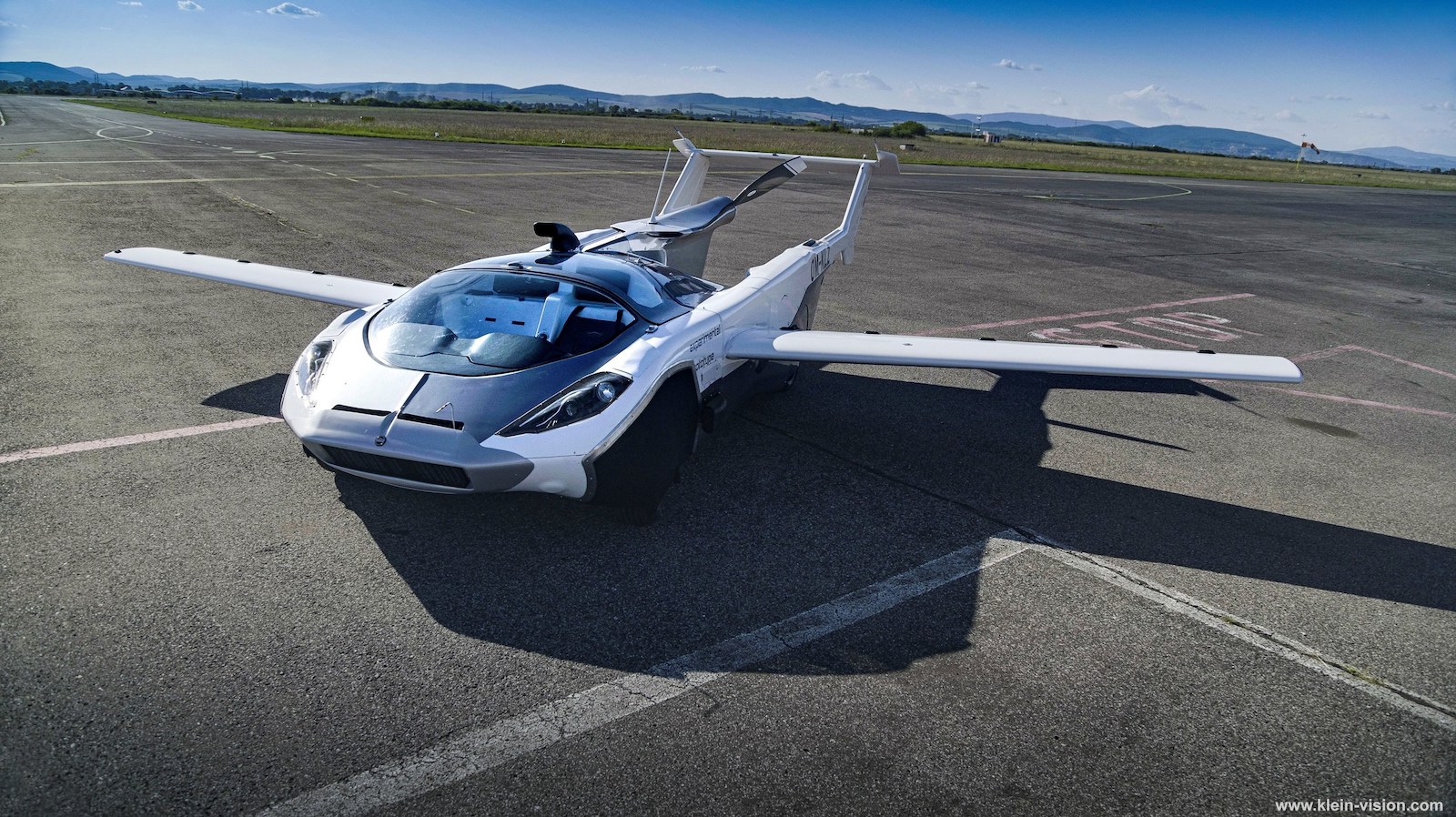
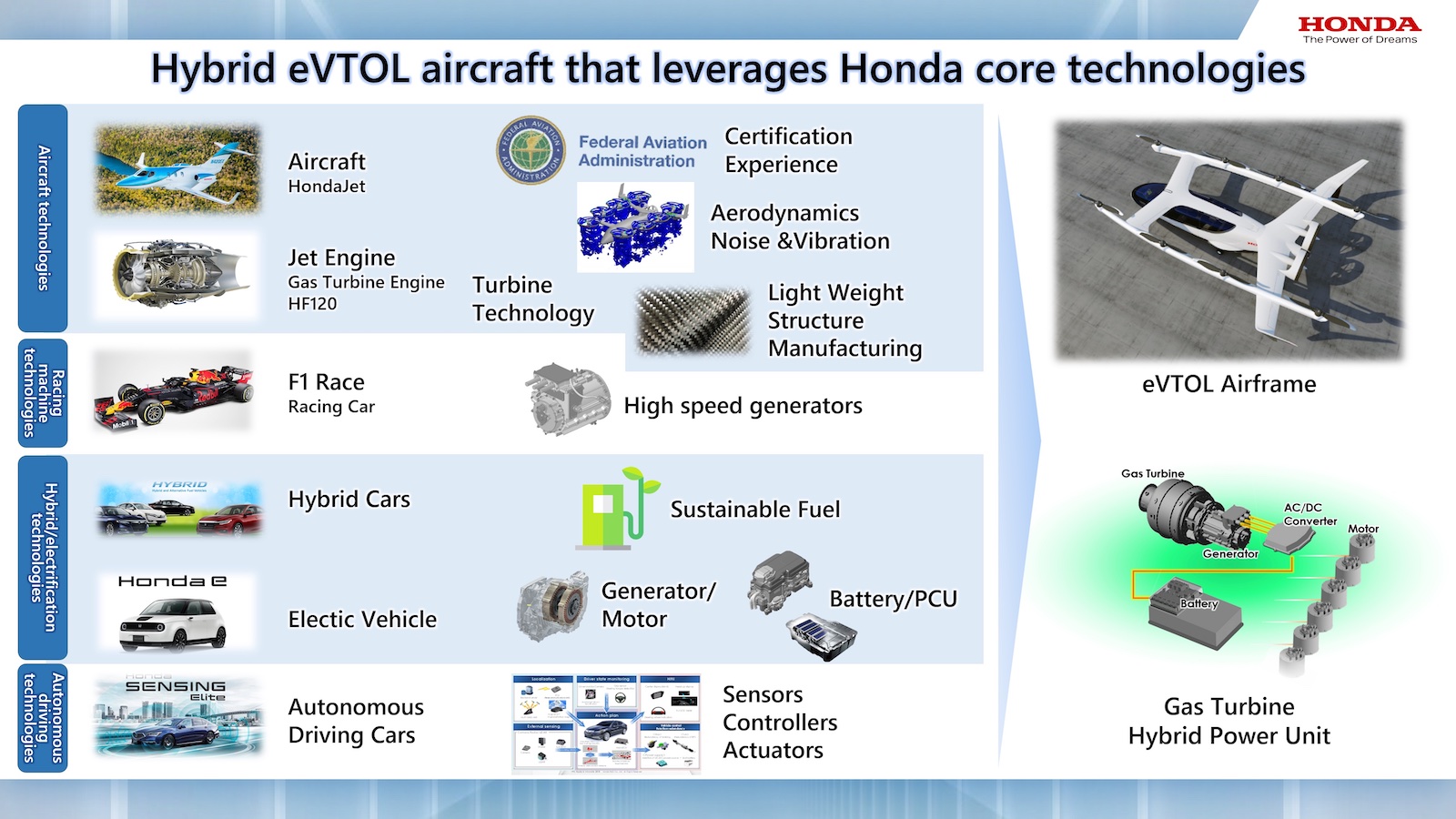
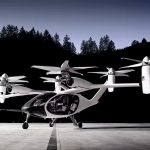
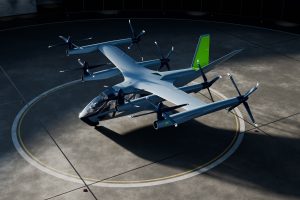
0 Comments